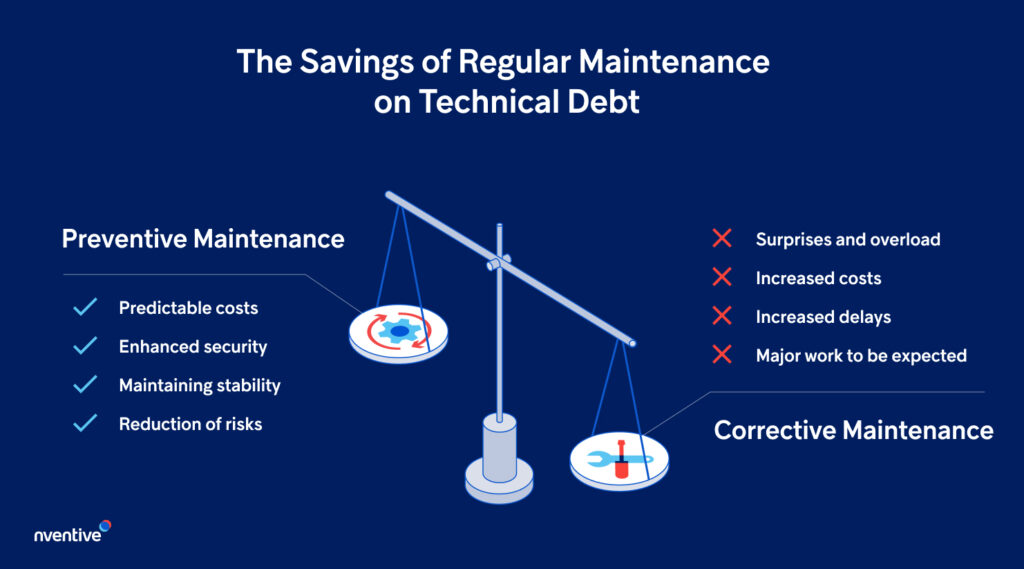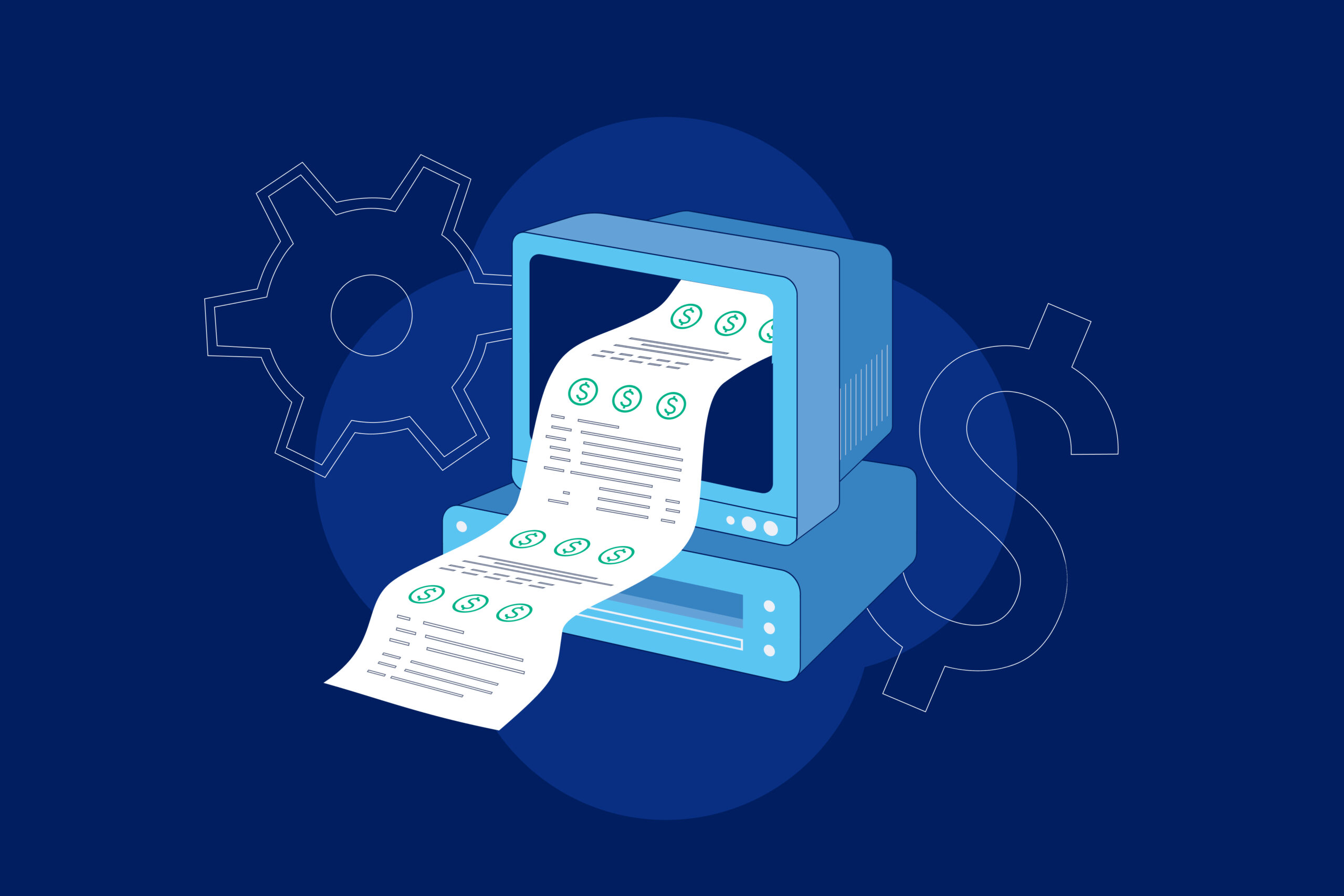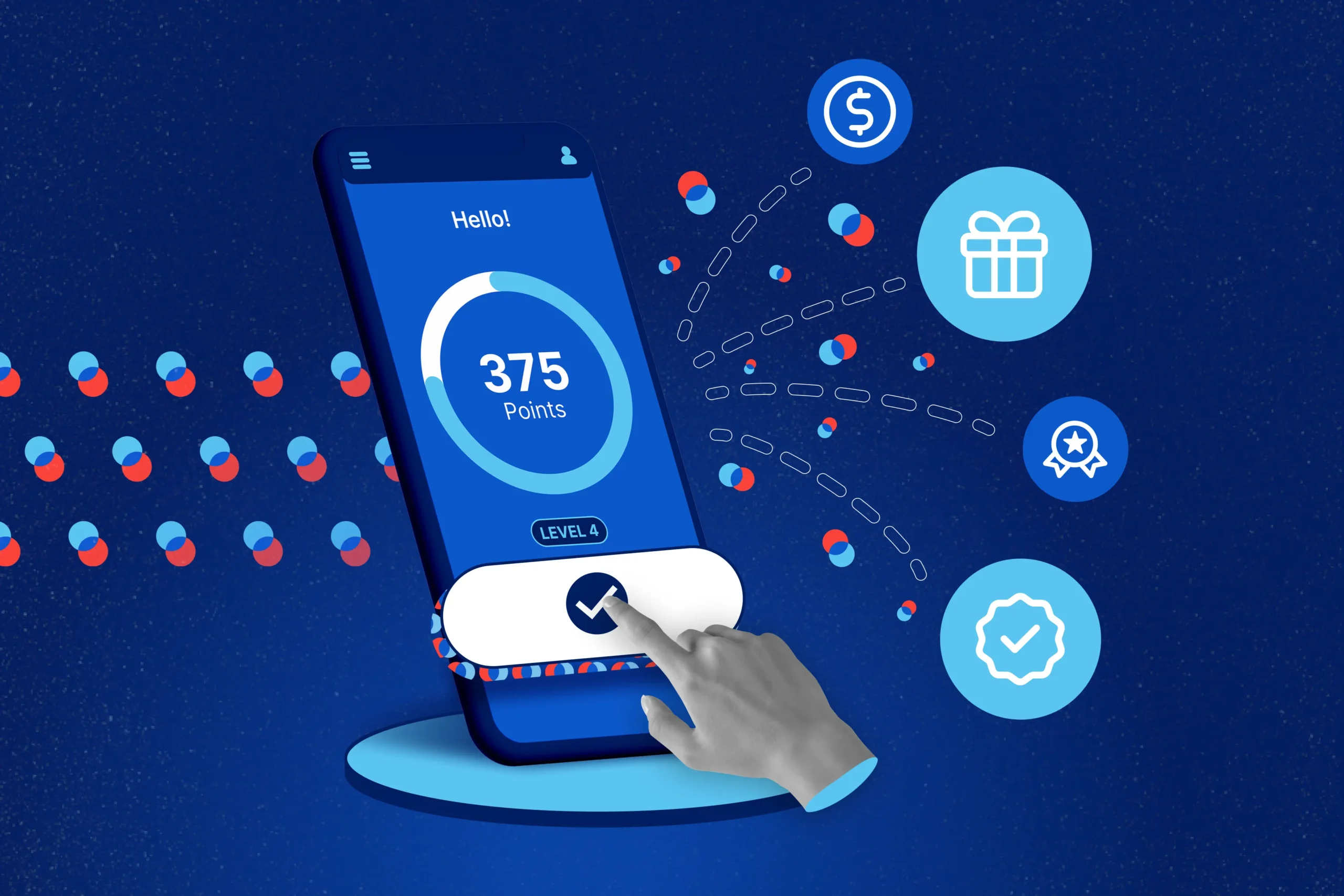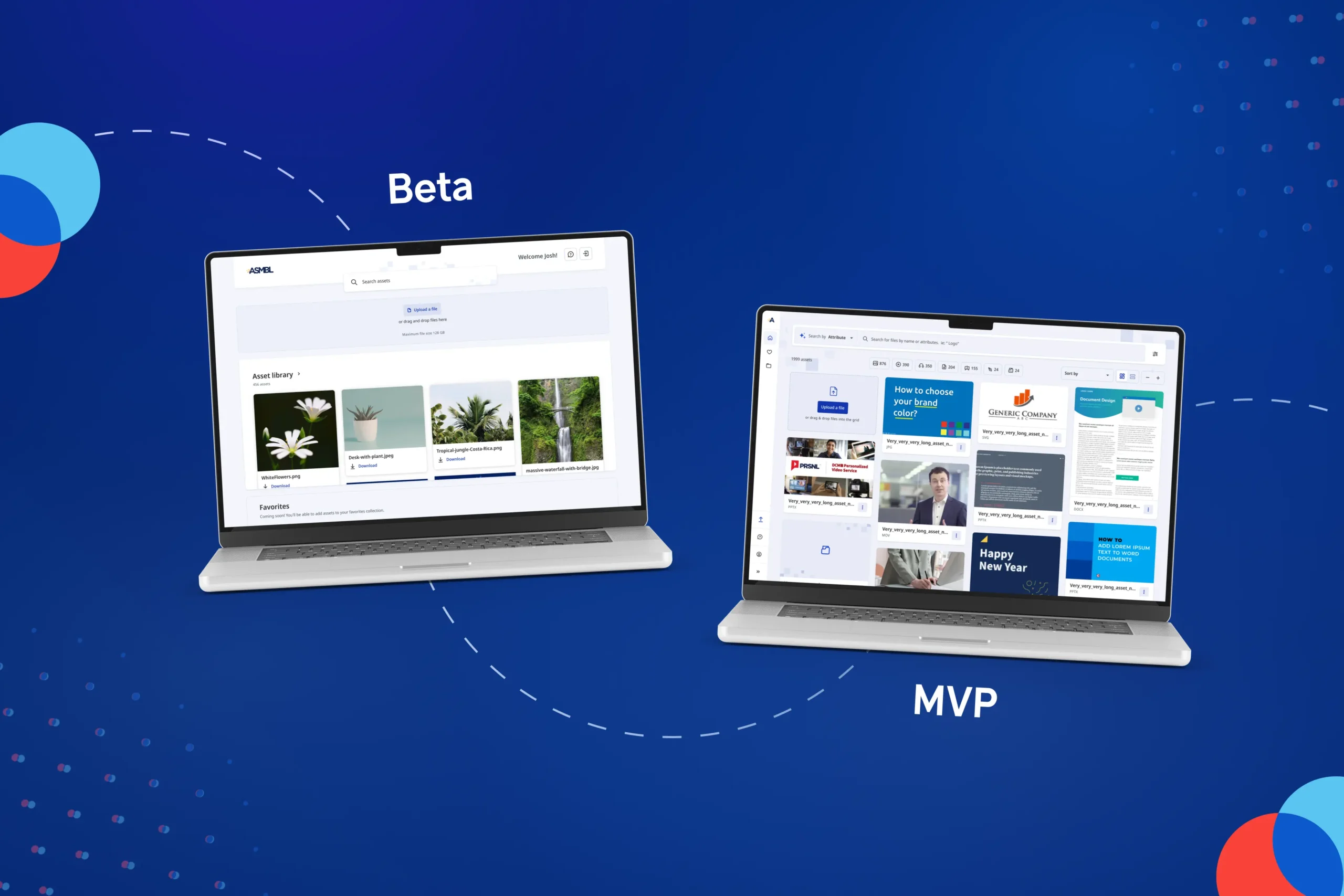Technical or financial, debt becomes expensive when left to accumulate. But when managed properly, technical debt can become a driver of efficiency. Through regular maintenance, it’s possible to avoid unpleasant surprises and costly, unplanned modernization projects. Here’s how.
Your Goal: Be Proactive in Maintaining Your Digital Solution
A digital solution is destined to evolve over time. This evolution can be intentional, driven by a desire for continuous optimization, but also unintentional, spurred by the ever-changing technical landscape, like required updates to operating systems (iOS, Android) or shifts in programming languages.
“A digital solution doesn’t deteriorate on its own; it’s the changing nature of technology that gradually renders parts obsolete, eventually requiring modernization.”
By integrating continuous maintenance phases throughout development cycles, you can avoid costly emergency fixes, unexpected operational disruptions, and the buildup of temporary patches that weaken your solution in the long run. This approach also helps teams stay in control of the product and plan future developments more efficiently, rather than constantly putting out fires.
“Updating regularly makes updates more predictable and far less expensive than occasional massive risky upgrades,” says Charles Lévesque, Developer on the Maintenance & Support Team. It’s the best way to mitigate unforeseen risks and budget overruns by actively addressing technical debt.
How Does Technical Debt Build Up?
When proactivity is lacking, technical (or technological) debt accumulates. Just like in finance: if technical debt isn’t paid (or resolved), it accrues interest. This “interest” can take many forms: architectural erosion, refactoring, bugs… It may even result in serious security risks or additional debt, sometimes requiring a full application modernization just to stay functional and competitive.

Different Types of Application Maintenance
There are three types of maintenance:
- Corrective maintenance: to fix bugs
- Adaptive maintenance: to add new features
- Perfective maintenance: to improve software maintainability
Resolving technical debt typically falls under perfective maintenance, which is key to ensuring the longevity of a digital solution. Neglecting regular maintenance for too long can lead to complex modernization projects that go beyond simple updates and affect the very architecture of the system.
Types of Technical Debt
Imagine you initially choose to develop your PWA with a single codebase to save costs, or you go with Flutter for your mobile app because your team already has expertise in it. While these decisions mainly impact the early stages of a project, they also influence the scale of technical debt by guiding future tech choices throughout the solution’s lifecycle. This is when debt begins. It’s inevitable, but if you keep an eye on it, you can control and contain it.
There are several types of technical debt, which can be identified and prioritized using the SQALE method (Software Quality Assessment based on Lifecycle Expectations). It evaluates software quality across nine criteria: reusability, portability, security, usability, efficiency, modifiability, reliability, and testability.
Here are some of the most common types of technical debt:
- Big Ball of Mud: a system with no clear architecture, it’s often best to rewrite entirely.
- Architectural erosion: the gap between intended and actual architecture due to uncontrolled changes, eventually making the system unmaintainable (aka “crystallized”).
- Spaghetti code: unstructured, hard-to-maintain code, often due to changing requirements, lack of coding standards, or overly complex engineering.
- Code smell: a subjective term for bad implementation or design practices that cause future bugs or slow down development.
- Antipattern: design mistakes from the software’s conception due to the absence or misuse of design patterns, often resulting in performance issues, high costs, or abnormal behaviors.
Identifying and Resolving Technical Debt
“Technical debt isn’t always bad. An experienced developer may introduce it deliberately to meet a tight deadline or unlock a project. But in that case, it should be acknowledged, documented, and addressed as soon as possible,” explains Julien Bonnier, Developer, Maintenance & Support Team.
“You can include technical debt directly in your product backlog, just like you would prioritize new features,” adds Mathieu Fillion, Development Team Manager.
From the earliest technical decisions in a project, it’s crucial to consider the long-term sustainability of your chosen solutions. Sometimes, technical debt stems from selecting the easiest-to-implement solution, over a more suitable one that requires more effort. Balancing time-to-market and long-term maintainability requires a clear vision from the outset.
Ensuring High-Quality Code
Since technical debt often arises from architectural or development flaws, architects and developers must adopt best practices to minimize risk.
Several measures are implemented during sprints to catch errors early, including architecture reviews at the start of a project and mandatory code reviews for each pull request. Other DevSecOps practices are just as vital, like keeping libraries up to date and maintaining CI/CD pipelines to enable quick fixes when vulnerabilities are discovered.
The True Cost of Maintenance
According to this article, maintaining a digital solution can represent 50 to 75% of its total cost. Based on our experience, depending on the project and year, actual maintenance costs, mainly for system updates, average 10 to 20% of the project’s initial investment. Evolution costs will vary based on the business goals of each digital solution.
Key takeaway: The more proactively you maintain your solution, the lower (and more predictable) your costs will be.
Article updated May 8th, 2025






